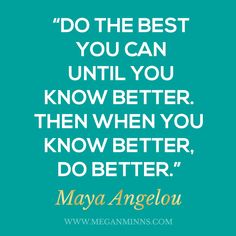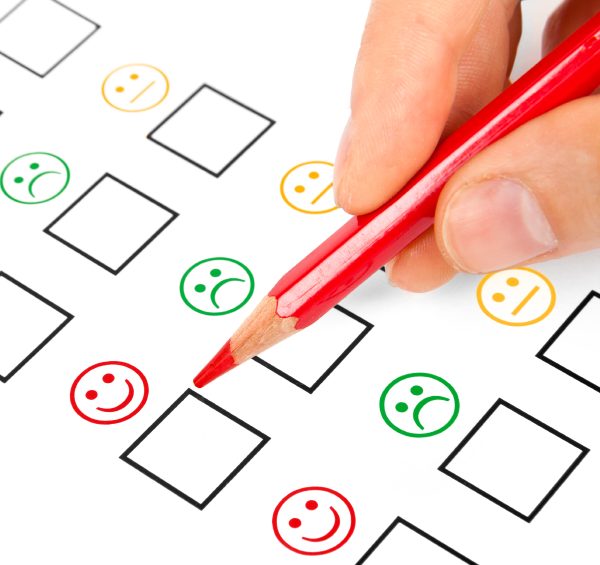We recently completed an analysis of one of the largest single-day fundraising events in the world called Darkness Into Light benefitting the Irish charity Pieta House. As part of that analysis, we created an online survey…and sent it to 48,000 of the 130,000 people who participated in the event this year. Since many of you are also in the height of your “event season” we thought it would be helpful to share some of our top tips for building and deploying post-event surveys…
TIP #1: PLAN ‘EM EARLY!
 Begin building your survey(s) at least one month out from your event. (I know, right at your busiest time!) But, you’ll need enough time to write the questions, edit them and then build the survey in whatever online tool you decide to use. We like Survey Monkey because of their smart skip features, branding capabilities and analytics tool.
Begin building your survey(s) at least one month out from your event. (I know, right at your busiest time!) But, you’ll need enough time to write the questions, edit them and then build the survey in whatever online tool you decide to use. We like Survey Monkey because of their smart skip features, branding capabilities and analytics tool.- Send your survey within one week after the event…ideally one day after the event. That said, we have seen event surveys perform quite well (achieve high response & completion rates) even when they are sent several weeks (even months!) after the event. This speaks to the fact that most event participants are highly motivated to help the charity improve. However, if you’re aiming to hear from your most unmotivatedparticipants (i.e. those that didn’t fundraise), then the sooner you send the survey, the better.
TIP #2: TAILOR ‘EM!
We typically write surveys keeping in mind all of the ways the participant base can be segmented…and write specific questions (or series of questions) that relate to their…
- Connection to Cause. How closely were they affected by the cause? Were they a survivor? One of your ambassadors? Or were they just a general “do gooder” or maybe participated just because it was a cool event activity?
- Registration Type. Were they a “regular” (usually adult) participant? Youth participant? Volunteer?
- Fundraising Performance & Method. Were they a “zero balance” participant and didn’t do any fundraising (because it wasn’t required?) Or did they raise a little …or a lot? Did they fundraise online, offline or a little of both?
- Team Affiliation. Were they a team captain, a team member, or did they participate as an individual? Were they part of a corporate team…or maybe another team type?
- Loyalty. Were they first-time participants? Repeaters? Loyalists?
You may decide to write one (long) survey and use skip features so that people only respond to the questions that are relevant to them. If that’s not possible, then it may makes sense to write shorter, separate surveys for your key (major) participant segments.
TIP #3: KEEP ‘EM SHORT-ISH
As a general rule, the shorter the survey the higher the response and completion rate. According to some research done by SurveyGizmo…
- Surveys should take 5 minutes or less to complete. Although 6 – 10 minutes is acceptable, those that take longer than 11 minutes will likely result in lower response rates
- On average, respondents can complete 5 closed-ended questions per minute and 2 open-ended questions per minute
- On average, there’s a 10-15% response rate for external surveys (to customers)
So how does this apply to event participants and post-event surveys? How long can they be before sacrificing results?
In the case of Pieta House’s Darkness Into Light, the post-event survey we created was 52 questions over 38 pages with built-in skips based on team affiliation, fundraising performance and fundraising method (online vs. offline). We sent it out two weeks after the event to 48,000 participants and gave them 10 days to complete it. We sent a reminder email 5 days later.
So, how did we do?
We received over 11,250 responses (those that started the survey) of which 9,221 (82%) were completed. So, that’s a 23% response rate and 19% completion rate… much better than the industry average…and proof that sending a post-event survey relatively late can still deliver results.

